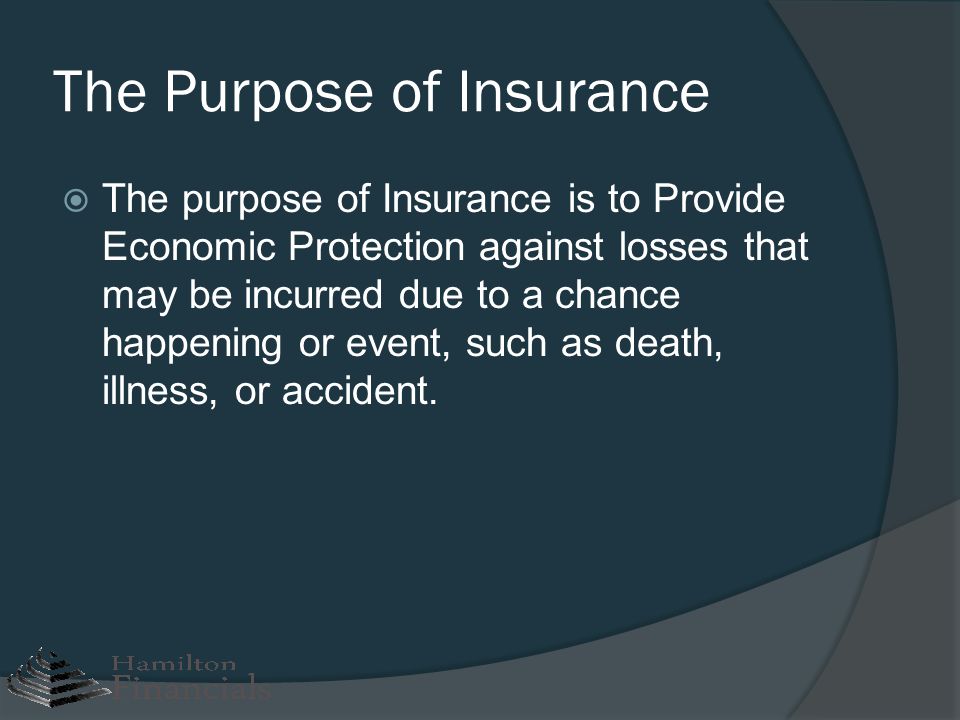More About Pacific Prime
More About Pacific Prime
Blog Article
Pacific Prime for Beginners
Table of Contents6 Simple Techniques For Pacific PrimeHow Pacific Prime can Save You Time, Stress, and Money.Pacific Prime for BeginnersThe 20-Second Trick For Pacific PrimePacific Prime Things To Know Before You Get This

This is due to the fact that the data were accumulated for a duration of solid financial performance. Of the approximated 42 million individuals that were without insurance, all however concerning 420,000 (about 1 percent) were under 65 years of age, the age at which most Americans come to be eligible for Medicare; 32 million were grownups in between ages 18 and 65, around 19 percent of all adults in this age team; and 10 million were children under 18 years of age, about 13.9 percent of all youngsters (Mills, 2000).
These estimates of the number of individuals without insurance are produced from the yearly March Supplement to the Current Population Survey (CPS), conducted by the Census Bureau. Unless or else kept in mind, nationwide price quotes of people without medical insurance and percentages of the populace with various type of coverage are based upon the CPS, the most widely utilized resource of quotes of insurance policy coverage and uninsurance rates.
Getting My Pacific Prime To Work

Still, the CPS is particularly beneficial since it creates yearly quotes fairly rapidly, reporting the previous year's insurance protection approximates each September, and since it is the basis for a constant set of estimates for more than 20 years, enabling evaluation of patterns in insurance coverage gradually. For these factors, in addition to the substantial usage of the CPS in various other researches of insurance policy coverage that are presented in this record, we rely upon CPS quotes, with limitations noted.

The quote of the number of without insurance people increases when a population's insurance coverage standing is tracked for a number of years. Over a three-year period beginning early in 1993, 72 million individuals, 29 percent of the united state population, lacked coverage for at least one month. Within a solitary year (1994 ), 53 million people experienced a minimum of a month without insurance coverage (Bennefield, 1998a)
6 out of every ten without insurance adults are themselves utilized. Although working does boost the probability that a person and one's household members will have insurance policy, it is not an assurance. Even participants of families with 2 full time breadwinner have almost a one-in-ten opportunity of being uninsured (9.1 percent without insurance price) (Hoffman and Pohl, 2000).
How Pacific Prime can Save You Time, Stress, and Money.
New immigrants represent a considerable percentage of individuals without health and wellness insurance. One analysis has actually attributed a substantial portion of the recent development in the dimension of the united state without insurance populace to immigrants that arrived in the country in between 1994 and 1998 (Camarota and Edwards, 2000). Recent immigrants (those that involved the United States within the past four years) do have a high rate of being without visit their website insurance (46 percent), yet they and their children account for just 6 percent of those without insurance across the country (Holahan et al., 2001).
The partnership in between wellness insurance and accessibility to care is well established, as documented later on in this phase. Although the partnership between medical insurance and wellness end results is neither direct nor easy, an extensive medical and health services research literature links health insurance coverage to improved access to care, far better top quality, and improved personal and population wellness standing.
Levels of evaluation for checking out the impacts of uninsurance. This discussion of medical insurance coverage concentrates mostly on the united state population under age 65 because virtually all Americans 65 and older have Medicare or other public coverage. It focuses especially on those without any health and wellness insurance coverage for any size of time.
6 Easy Facts About Pacific Prime Explained
The problems encountered by the underinsured are in some aspects similar to those faced by the without insurance, although they are generally much less serious. Health insurance, nonetheless, is neither required neither enough to acquire access to medical solutions. The independent and straight impact of health insurance policy coverage on accessibility to health and wellness solutions is well developed.
Others will obtain the wellness care they require even without medical insurance, by paying for it expense or seeking it from suppliers who offer treatment totally free or at very subsidized rates. For still others, health insurance policy alone does not make sure invoice of care due to other nonfinancial barriers, such as a lack of healthcare providers in their neighborhood, limited accessibility to transportation, illiteracy, or linguistic and social differences.
10 Easy Facts About Pacific Prime Shown
Formal research about uninsured populaces in the USA dates to the late 1920s and very early 1930s when the Board on the Price of Treatment created a collection of records concerning funding physician workplace check outs and hospital stays. This concern came to be salient as the varieties of clinically indigent climbed up throughout the Great Clinical depression.
Report this page